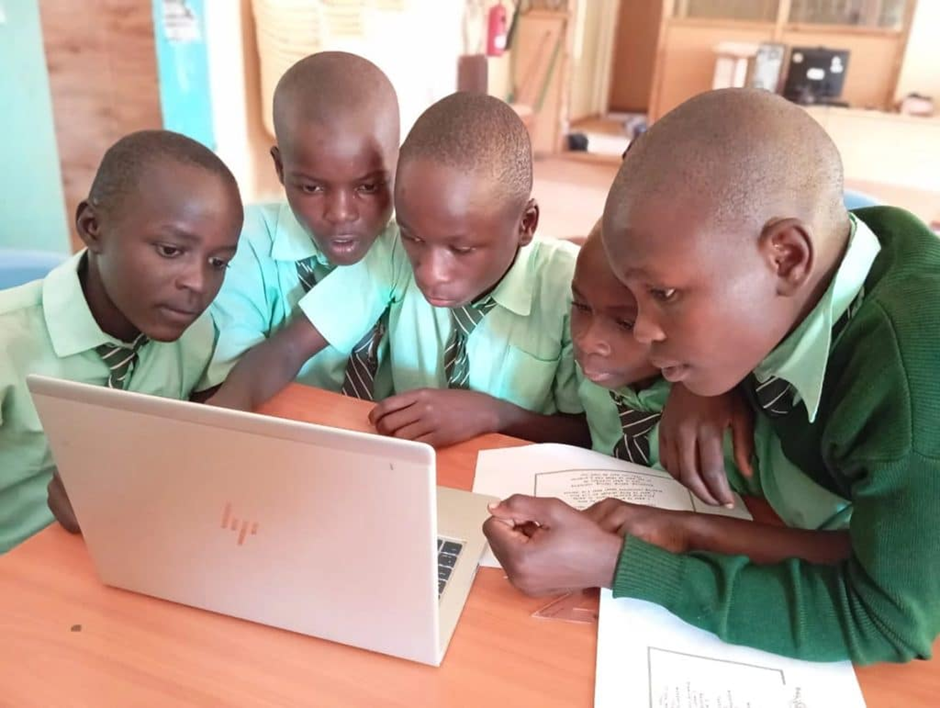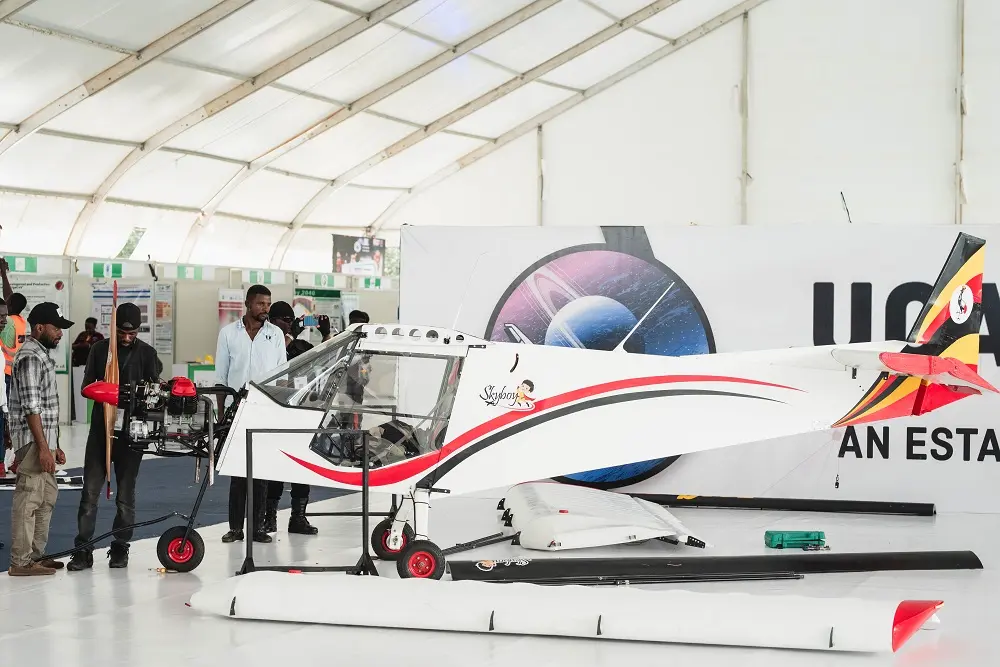
Introduction
As East Africa steps into the realm of space and hypersonic technologies, the demand for highly skilled professionals in science, technology, engineering, and mathematics (STEM) is growing rapidly. The development of sustainable aerospace programs depends not only on infrastructure and funding but also on cultivating a well-educated workforce. This article explores how STEM education is evolving across East Africa to meet the needs of space and high-speed aviation sectors, and what steps are being taken to equip the next generation of aerospace innovators.
The Importance of STEM for Aerospace Development
Space exploration and hypersonic flight are highly technical fields that require expertise in areas such as physics, computer science, aeronautical engineering, and materials science. For East African nations aiming to establish a presence in these advanced sectors, investing in STEM education is essential.
Governments and educational institutions are beginning to recognize that without a skilled talent pipeline, efforts in satellite deployment, launch technology, or hypersonic research will remain limited. By strengthening the foundation of STEM subjects in schools and universities, the region can cultivate homegrown experts to drive innovation.
Curriculum Reform and Integration of Aerospace Topics
Several countries in the region have started to revise their national curricula to emphasize STEM learning. In Kenya, for example, the Competency-Based Curriculum (CBC) places a strong focus on practical problem-solving and science skills from an early age. Rwanda and Uganda are integrating space-related topics into secondary school science programs, including satellite technology and astronomy basics.
At the university level, institutions such as the University of Nairobi, Makerere University, and the University of Rwanda are introducing new aerospace and engineering tracks. These programs aim to align academic training with the technical needs of emerging space agencies and aerospace industries.
University-Sector Linkages and Research Incubators

Higher education institutions are increasingly partnering with research centers and the private sector to bridge the gap between academic learning and real-world application. Engineering faculties now collaborate on nanosatellite projects, robotics challenges, and drone design, giving students hands-on experience in aerospace-related fields.
Innovation hubs like Ethiopia’s Entoto Observatory and Kenya’s Konza Technopolis also provide students and young researchers access to facilities where they can test concepts, build prototypes, and work alongside experienced scientists. These ecosystems are critical in fostering a research culture and encouraging experimentation and collaboration.
Promoting STEM Among Girls and Underserved Communities
To ensure inclusive growth, East African countries are taking steps to increase participation in STEM among girls and students from rural or low-income areas. Initiatives like “She Can STEM” in Tanzania and “STEM Queens” in Kenya are helping break down gender barriers in science and engineering fields.
Scholarship programs and community outreach projects are also being used to expose underrepresented students to STEM career paths. Early engagement—through science fairs, coding bootcamps, and space-themed competitions—is proving effective in sparking interest and boosting confidence among young learners.
International Support and Exchange Programs
East African students are benefiting from growing international cooperation in education and training. Countries like Japan, China, and the United States offer scholarships, technical training, and exchange programs tailored for aerospace and engineering disciplines.
The United Nations Office for Outer Space Affairs (UNOOSA) and the African Union also support regional educational initiatives related to space science, providing grants and capacity-building resources. These opportunities help East African students gain exposure to global best practices and return with skills that strengthen local aerospace programs.
Challenges and Gaps in STEM Infrastructure
Despite positive developments, major challenges remain. Many schools across the region lack basic laboratory equipment, trained science teachers, and updated textbooks. Urban schools tend to have better resources than those in rural areas, creating an uneven educational landscape.
Additionally, there is a gap between what students learn and the technical requirements of aerospace industries. Strengthening industry-academic partnerships, updating course materials, and investing in teacher training are crucial steps toward aligning education with technological needs.
Looking Ahead: Policy and Investment Priorities
For East Africa to realize its aerospace ambitions, national policies must prioritize STEM education as a strategic investment. This includes increased funding for science labs, competitive teacher salaries, and incentives for students to pursue careers in STEM.
Public-private partnerships can play a vital role by providing mentorship programs, internship opportunities, and co-funded research projects. By creating a clear pathway from the classroom to the laboratory or launch site, East Africa can build the human capital required to lead in the fields of space and hypersonic innovation.
Conclusion
STEM education is the bedrock of East Africa’s aspirations in space and hypersonic technology. With concerted efforts to reform curricula, support research, and promote inclusion, the region is laying a solid foundation for a skilled and innovative workforce. As students transition from classrooms to careers in aerospace, they will become the driving force behind East Africa’s ascent into the high-tech frontier.


